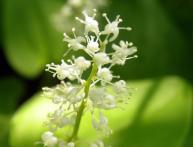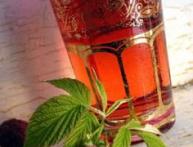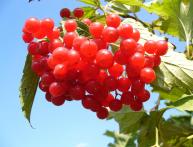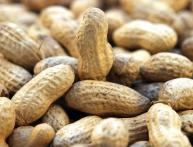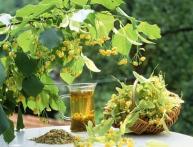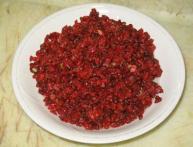Common lingonberry - beneficial properties

Common lingonberry - This is a perennial plant, which is an evergreen low shrub. Lingonberry bushes grow from 5 to 25 cm in height, the rhizome of the plant is creeping, and the stems are erect and well branched.
Lingonberries bloom in May-June with small white-pink flowers, after which quite large berries (about 8 mm in diameter) are formed; the berries have a sour taste.
Beneficial features Lingonberries have been known for a long time. In traditional and folk medicine, lingonberry leaves and shoots are used. For the manufacture of medicinal raw materials Lingonberry leaves are collected before flowering begins - in early spring. Only those leaves that have survived the winter are taken, since the young leaves of this year turn black when dried. The second time the raw materials can be collected after the lingonberries have finished flowering in the fall.
Lingonberry is mainly used as a diuretic, it is used to treat diseases of the bladder and kidneys, in the presence of kidney stones and urinary incontinence in children.
Also, the beneficial properties of lingonberries are used in the treatment of rheumatism and gout, diarrhea, and it also has the ability to lower blood sugar levels.
Juice from ripe berries and the berries themselves are useful for vitamin deficiency and high blood pressure. For colds and related fevers, tea is prepared from the berries.
Although lingonberries have a sour taste, jams and jams made from them are tasty and very healthy.Both fresh berries and soaked berries are eaten. Lingonberries can be stored fresh for a long time due to the benzoic acid they contain.


